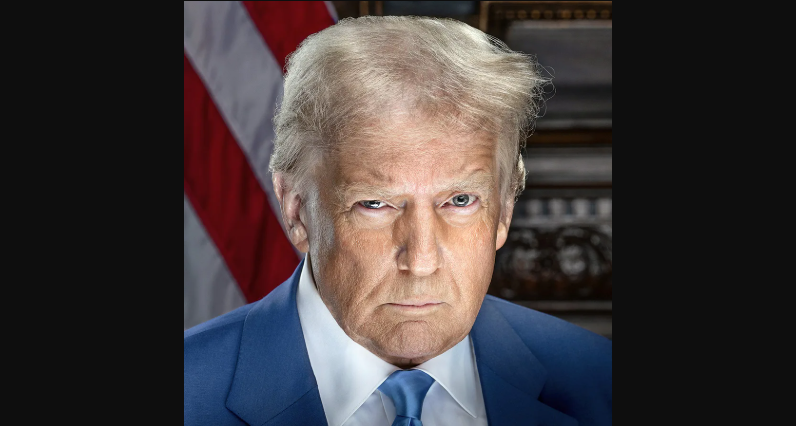The United States imposed a 25% tariff on Canada on the vast majority of Canadian products.
In addition, the U.S. slapped a 10% tariff on Canadian energy products.
Both tariff hikes were notified to Canada on Saturday, a U.S. official told CBC News.
United States imposed a 25% tariff on Canada
Canada’s main exports to the U.S. market include oil, autos, gas, lumber and aluminum.
Bilateral Relations
Over the past four years, leading up to January 20, 2025, then-U.S. President Joseph Biden and Canadian Prime Minister Justin Trudeau have worked to revitalize and expand the U.S.-Canada relationship.
The two have taken steps to modernize NORAD, strengthen cooperation on cross-border law, and accelerate the use of renewable energy and low-carbon technologies. However, disagreements persist on issues such as the taxation and regulation of digital services, and the construction of cross-border oil and gas pipelines.
According to a U.S. congressional analysis, relations between the two countries now face new uncertainty following Trump’s election to a second term in November 2024.
During his 2017-2021 administration, Trump questioned key aspects of the bilateral relationship, such as commitment to NATO and free trade in North America, which strained relations.
Oil and gas
The United States notified Canada that it will impose a 25% tariff on almost all Canadian products. This tariff marks the beginning of a trade war against Canada.
From January to November 2024, bilateral trade showed U.S. exports to Canada of $322.409 billion and imports of $377.239 billion, resulting in a deficit of $54.830 billion for the United States.
Trump’s plan, announced on his first day in office, also includes a 10% tariff on Canadian energy products, as he had promised. These tariffs will go into effect on Tuesday and will remain in place until Trump deems that Canada is taking sufficient steps to stem the flow of fentanyl into the United States.

